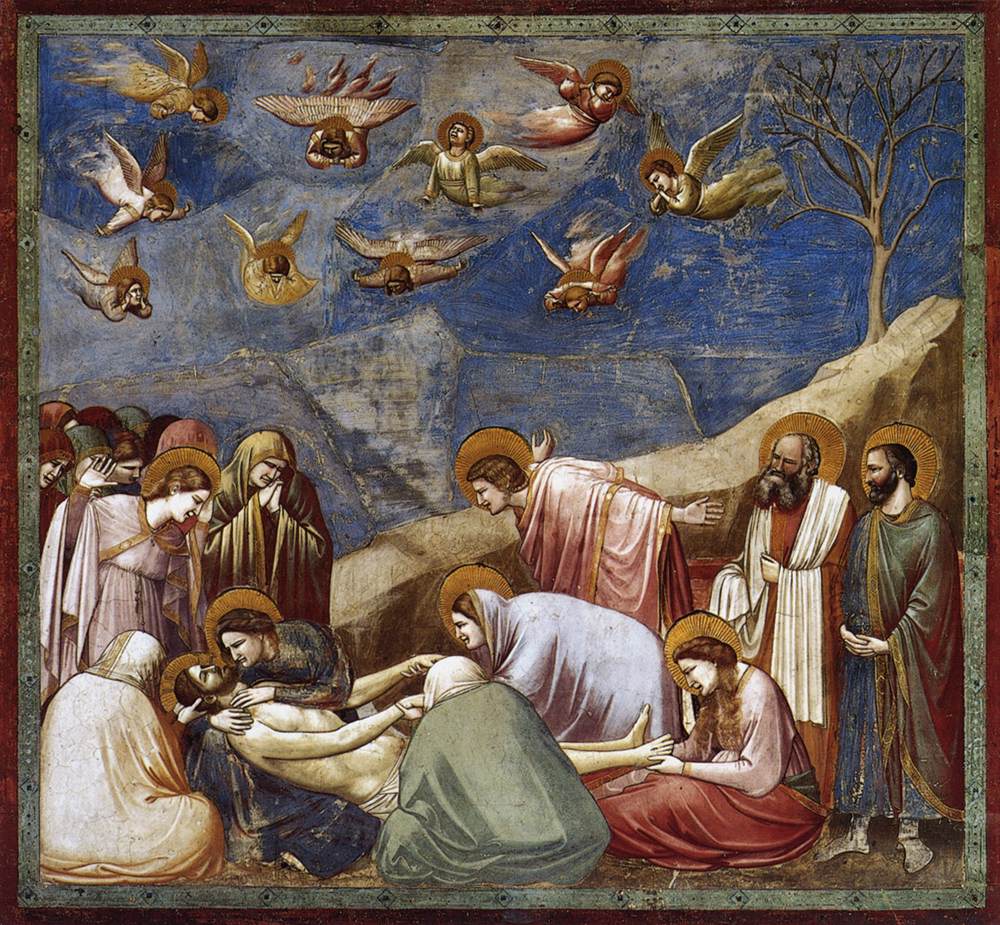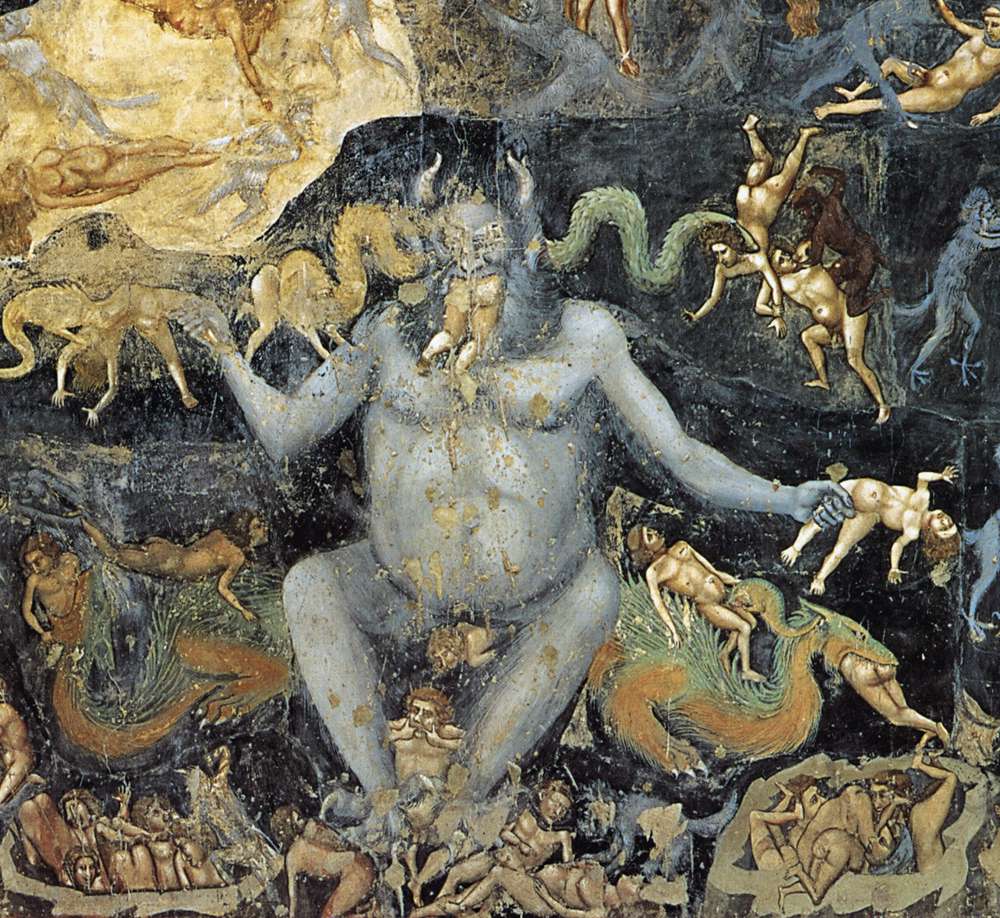Scrovegni Chapel, Padua
Located an easy 25- or 45-minute train ride from Venice, Padua has a lot to boast about: mythical ties to the city of Troy, the second-oldest university in Italy (and one where Galileo taught)… and an incredible 14th-century chapel that’s one of Italy’s top sites for pilgrims. Art history pilgrims, that is.
The chapel was built by Enrico Scrovegni in 1302, after his father’s practice of lending out money at super-high interest rates — something seen as so sinful, it landed the man in Dante’s Inferno — filled him with such guilt he built a chapel with the family’s earnings. (He dedicated it to to the “Virgin of Charity”).
Scrovegni commissioned the Florentine painter Giotto for the frescoes. The result is the earliest work that’s accepted as being by Giotto’s own hand. For art historians, that means it’s the keystone for deciding if later pieces (like those in the Basilica of San Francesco, below) were by Giotto, too. Like Michelangelo more than two centuries later, Giotto had to grapple with how to lay his fresco cycle out on a barrel-vaulted building. And, like Michelangelo, it’s fair to say he did, well, a pretty good job!

The space on the right, planned that way by Giotto, makes it look like poor Joachim is being thrust into an empty, lonely abyss
The whole story of the New Testament is laid out here, starting with the heartbreaking Expulsion of Joachim from the Temple. The panel shows Joachim, the Virgin’s father, being literally pushed out of the temple by a priest, Joachim’s offering rejected because he remains childless; the anguish on Joachim’s face is palpable.
The narrative continues through to Christ’s life, with the famous frescoes of the Lamentation andKiss of Judas.
Don’t miss the Last Judgment, either, a fantasy of all the horrific tortures that await the damned. Few paintings in art history could be more frightening! This was one piece that influenced Michelangelo for his own version of the Last Judgment.
In all of the frescoes, you can see just why Giotto was so groundbreaking, he’s known as one of the fathers of the Renaissance. Giotto’s use of space and volume, and his two-point perspective scheme (which unites both painting and architecture in the tricky-to-paint chapel), show an understanding of perspective that heralded the beginning of the Renaissance.
It’s the emotion of the figures, though, that really set Giotto apart, making him one of the only artists of his day who knew how to paint saints to look and interact like real people. And, almost 800 years later, Giotto’s ability to invoke emotion still takes your breath away.



No comments:
Post a Comment